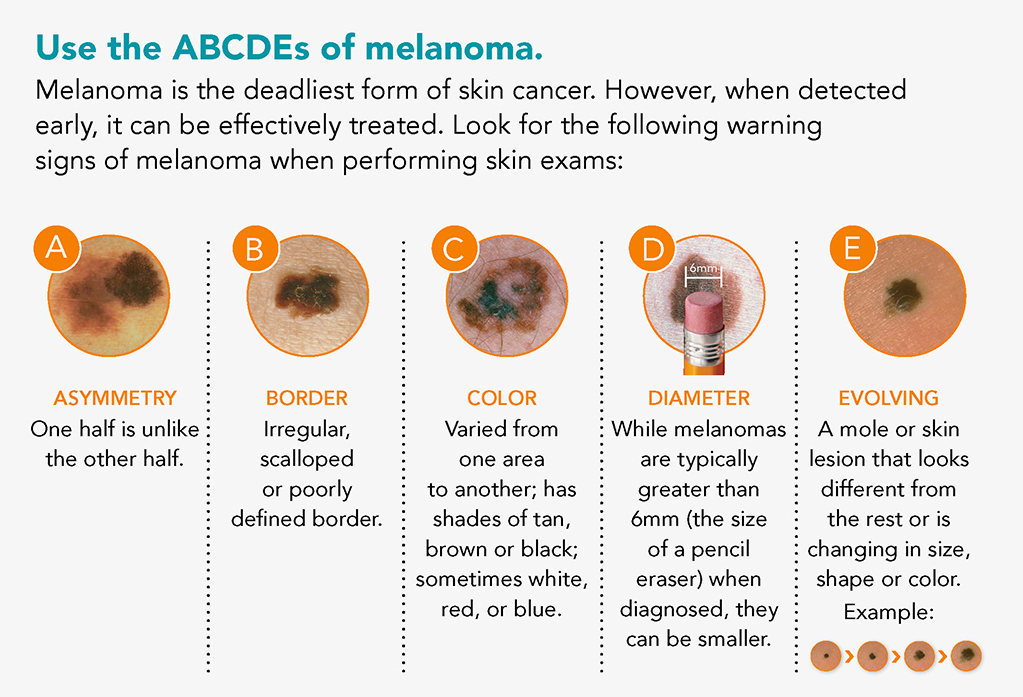By Trishnee Bhurosy, PhD, CHES and Anna Mitarotondo, BA
 Skin cancer is the most commonly diagnosed cancer in the United States (US). Melanoma is the deadliest form of skin cancer and is one of the most common types of cancer among adolescents and young adults in the US. The good news is that most skin cancers are preventable! Exposure to ultraviolet (UV) radiation from the sun or tanning beds increase the risk for skin cancer. Here are some steps that you can take to reduce your family’s exposure to UV radiation:
Skin cancer is the most commonly diagnosed cancer in the United States (US). Melanoma is the deadliest form of skin cancer and is one of the most common types of cancer among adolescents and young adults in the US. The good news is that most skin cancers are preventable! Exposure to ultraviolet (UV) radiation from the sun or tanning beds increase the risk for skin cancer. Here are some steps that you can take to reduce your family’s exposure to UV radiation:
- Apply sunscreen on all exposed areas of the skin before being outdoors during the day
- Use a sunscreen that has a Sun Protection Factor (SPF) of 30 or higher
- Reapply sunscreen every 1-2 hours and immediately after swimming or sweating
- Wear a hat with a wide brim that provides adequate shade to as much of the head, face, and neck as possible
- Wear UV-blocking sunglasses
- Wear clothing with tightly woven fabrics that adequately covers the arms, torso, and legs
- Avoid outdoor activities during periods of peak sunlight (e.g., during midday)
- Seek shade whenever possible
- Avoid indoor tanning
In addition to UV exposure, risk factors for skin cancer include having fair skin, hair, or eyes. Although people of color have a lower risk of developing skin cancer than Caucasians, who typically burn more easily in the sun, skin cancer in people of color is often diagnosed at a more advanced and difficult to treat stage. It is important to regularly check your skin for anything that looks unusual or suspicious. The ABCDEs of melanoma can help you remember what to look for when checking your skin. Ask a partner or family member to help! A second pair of eyes can help check the back of your body and harder-to-see areas. If you see anything unusual, please consult with a board-certified dermatologist or other healthcare provider.

Photo credit: American Academy of Dermatology Association
Sources:
- The National Council on Skin Cancer Prevention recommendations
- The American Academy of Dermatology Association’s guidelines on learning the ABCDE’s of melanoma
- Society of Behavioral Medicine Position Statement: promote sun-safety policies and practices for youth in educational, childcare, and recreational settings

